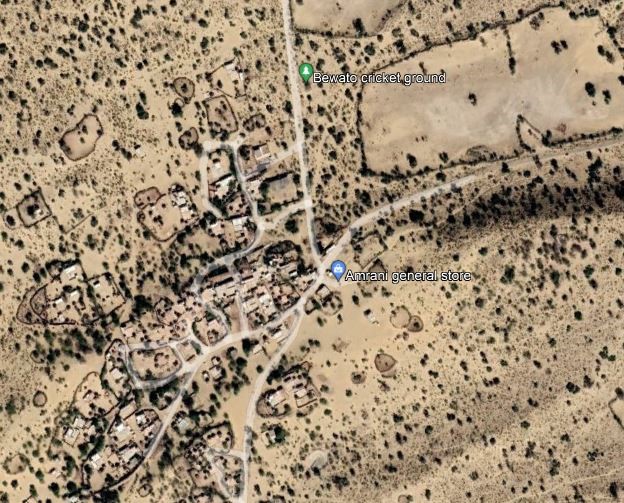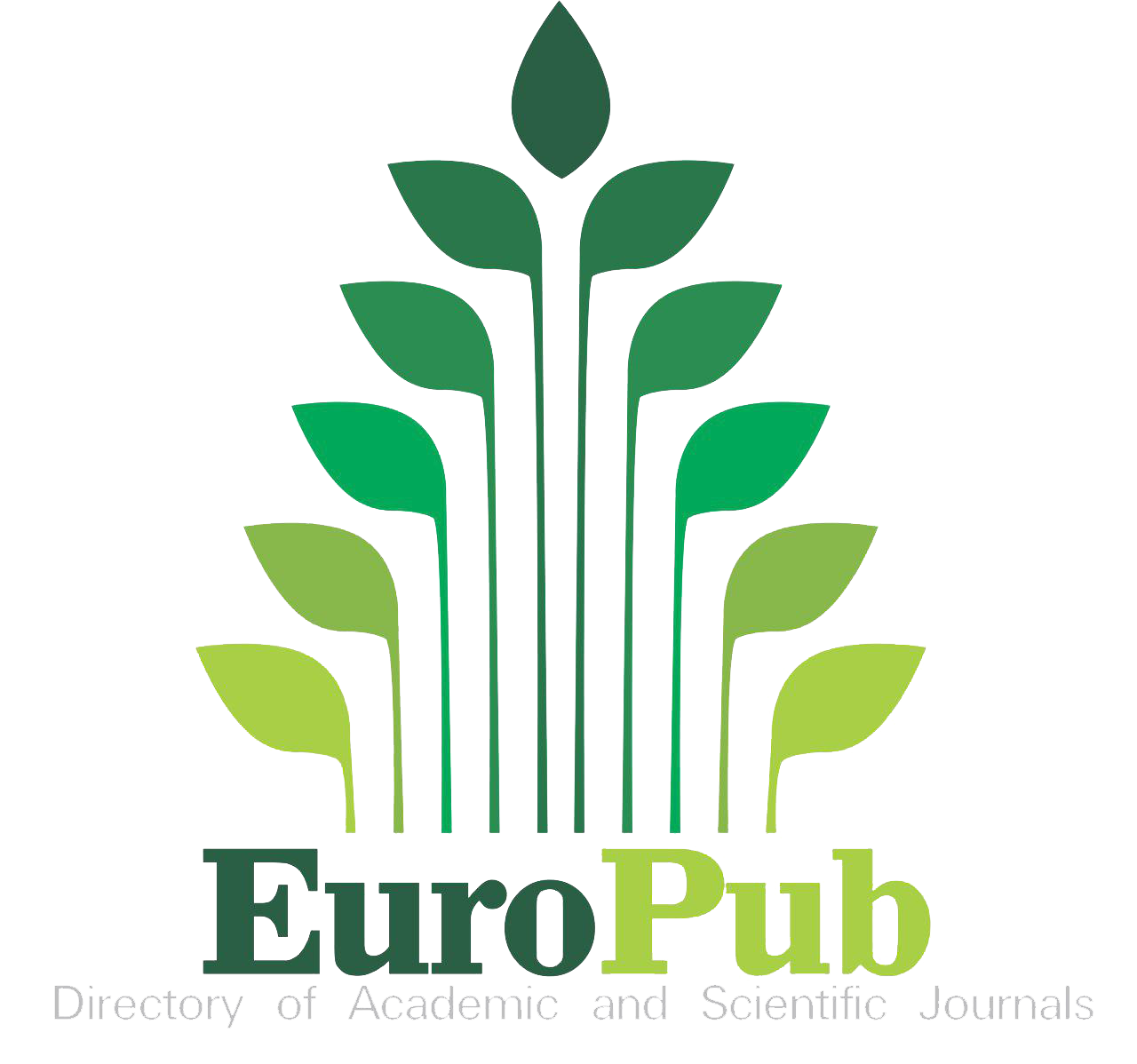Interactive Effects of Supplementary Irrigation with Plastic Mulch Colors Strategies on Guar Production in Rain-Fed Area of Tharparkar
Keywords:
Rain and groundwater, Irrigation, Mulching, Plant growth, Guar yieldAbstract
Tharparkar boasts significant underground water potential, serving as a crucial source for guar production and ecosystem requirements. Guar crops thrive in desert areas with sandy textured soil, requiring well-drained conditions. Yet the mechanisms underlying the improved yield and crop water productivity of guar crop under supplementary irrigation remain unclear. The field trials were conducted during the guar growing seasons at the Mr. Dharam Das Agricultural Farm, Village Bewato, Mithi, Pakistan in 2022-23. The experiment design was based on split plot in randomized complete block design with including three different factors like as, supplementary irrigation water, plastic mulch color and soil texture under conventional cultivation practice along with three replications. Factor-A: Irrigation water = 05 (No irrigation (CK), rainwater (R), rainwater and groundwater (R+G), groundwater and rainwater (G+R), and groundwater (G) at sequential vegetative and reproductive stage of guar. Factor-B: Plastic film mulch = 03 (Black and white color plastic film mulch, and without plastic film mulch (control)). Factor-C: Soil textures = 02 (sandy loam (S1) and (sandy clay loam (S2). The results showed that the different supplementary irrigation and plastic film mulching significantly affected plant height, dry biomass, seeds yield and crop water productivity of guar at sites. Across the irrigation treatments, the rainwater treatment could highly significantly enhance biomass production by 39 % and seeds yield by 52.9 % as compared to CK treatment. Across the plastic film mulching, by improving the plant and soil micro-climatic condition, mulched plots in increased significantly seeds yield by 9 % in black colored film mulched plot and 5 % in white plastic film mulched plots because less soil water depletion as compared to non-mulch plots. Across the soil types, S2 soil type increased highly significantly (p>0.01 in 2022 and p>0.001 in 2023) dry biomass by 70 % and seeds yield by 82 % as compared to S1. The supplementary saline and rainwater irrigation (G+R) can be applied at sequential vegetative and reproductive stage without any more negative impact on yield compared to R treatment. Tharparkar region, the using saline groundwater water during the vegetative stage and rainwater during the reproductive stage is recommended for achieving optimal guar yields while conserving water.


















